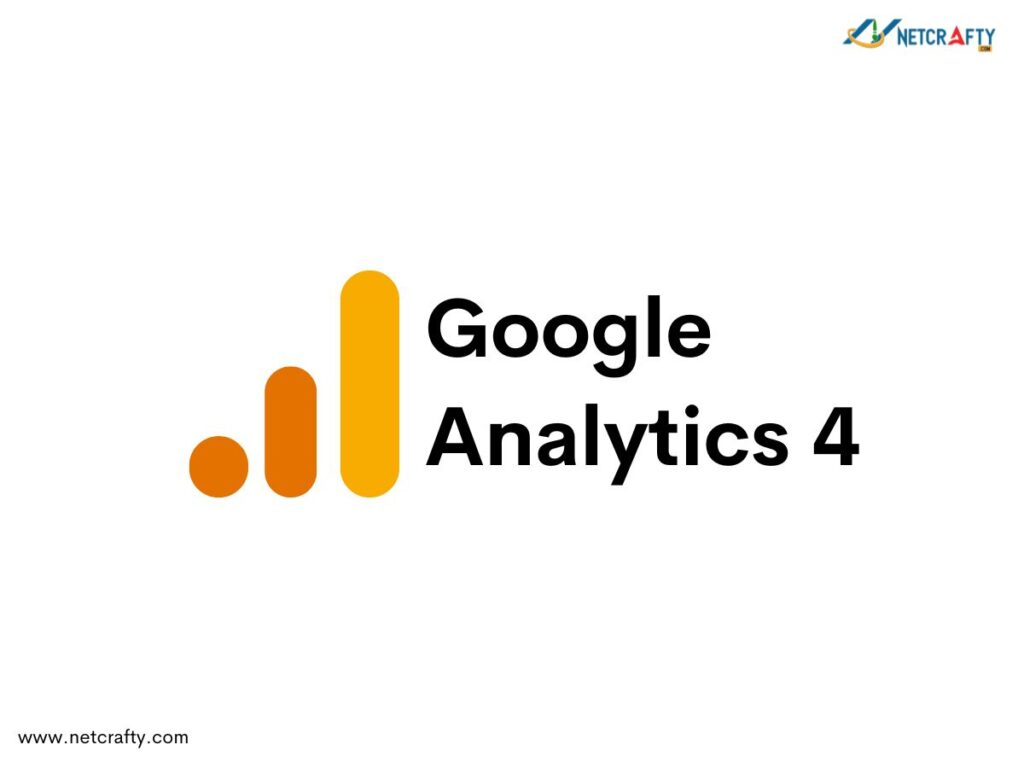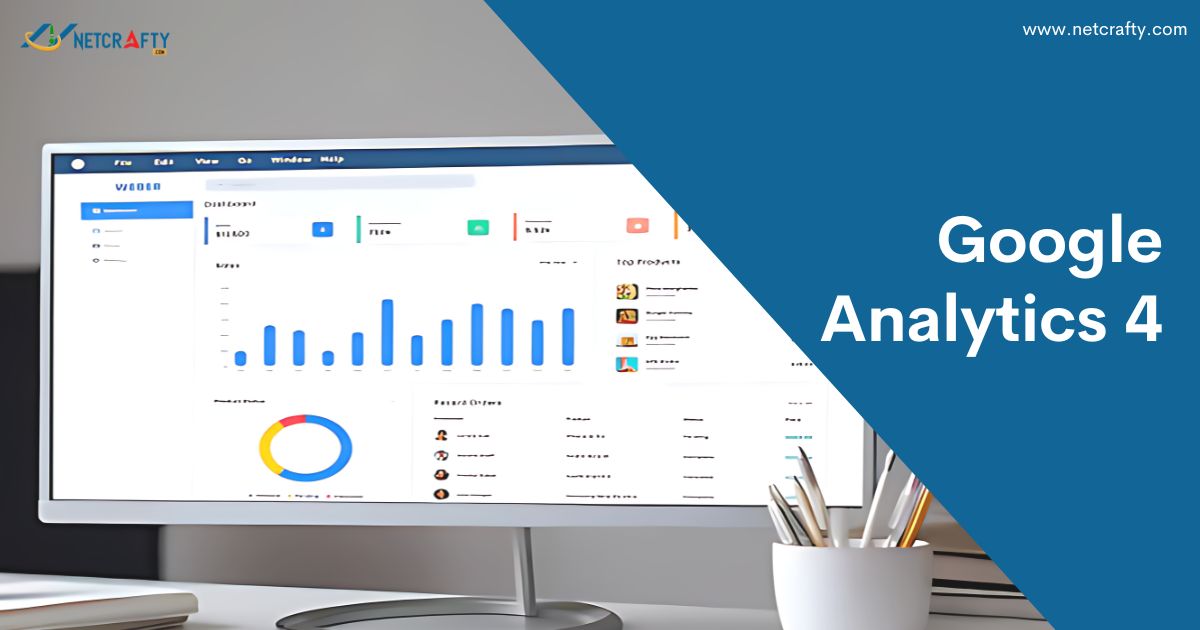Google Analytics is a preferred tool for marketers. With the release of Google Analytics 4, users can now access detailed insights into actions and interactions on websites and apps, monitoring engagement and revenue generation.
Introduction to Google Analytics 4?
Google Analytics 4 is the latest version of Universal Analytics. It focuses on providing more data throughout the customer journey lifecycle. GA4 employs a new data model that focuses on events instead of sessions, enabling further analysis of user behaviour. With GA4, marketers can gain access to new features that allow them to track user activity more carefully than ever before.
GA4 is something for everyone, from exploring customer paths with pathing analysis, identifying anomalies in data with exploration reports, and uncovering valuable user cohorts through segment overlap and lifetime value reporting.
How does Google Analytics 4 work?
Google Analytics 4 uses machine learning techniques to provide cross-platform insights and a privacy-conscious approach. Furthermore, analyzing user activity over several platforms and devices is essential for comprehensive client experience knowledge. Although several AI-based insights have been available, a few new capabilities may include:
Automatic alerts to data trends include increased demand for a specific product.
Predicting customer activities by assessing churn probability.
Additional predictive indicators, such as revenue forecasts from audience groups
How to set up Google Analytics 4?
If you’re setting up a GA4 property for the first time, it’s essential for digital marketers looking to stay ahead. Here are the steps to follow:
- Create a Google Analytics 4 Property: If we don’t have a Google Analytics account, set up a new GA4 to get started.
- Set Up Tracking: Install the GA4 tracking code on your website or app. This step is simplified if you’re already using Google Tag Manager.
- Configure Events: GA4 tracks several events automatically, but we can also create custom events to track specific user actions important to our business.
- Set Goals and Audience: Define your conversion goals and build audiences based on user behaviour to better understand your customer base and refine our marketing strategies.
What is GA4 for marketers?

GA4 is a boon for digital marketers. It enhances data tracking and analysis to improve decision-making and audience targeting.
- Better Attribution Modeling: GA4 allows more accurate attribution across devices and platforms. This means marketers can see the true impact of their campaigns, whether users convert on a website or an app.
- Deeper Customer Insights: By focusing on events rather than sessions, GA4 provides marketers with a better insight into customer journeys, allowing for more exact audience targeting and personalization.
- Improved ROI: Predictive metrics allow marketers to focus their efforts on people who are more likely to convert, resulting in a higher return on ad spending and marketing expenses.
- Future-proof monitoring: As the marketing world transitions from cookie-based monitoring, GA4’s event-based approach assures marketers that they can continue acquiring valuable insights even as data collection methods evolve.
What are the challenges faced by marketers?
GA4 is a powerful tool mainly used by UA interface marketers. Event-based tracking means our metrics may look different and take time to adapt.
We don’t compare GA4 and UA data directly, so we will need time as they collect new baseline data in GA4. Also, GA4 is evolving, and new features are continually added, so staying up-to-date is key.
Google Analytics 4 represents how businesses collect and analyze data, focusing on events and cross-platform data and providing more customer data after the initial acquisition, such as engagement, monetization, and retention. GA4 is essential in digital marketing as it helps stay competitive in a rapidly changing digital environment.

Leave a Reply